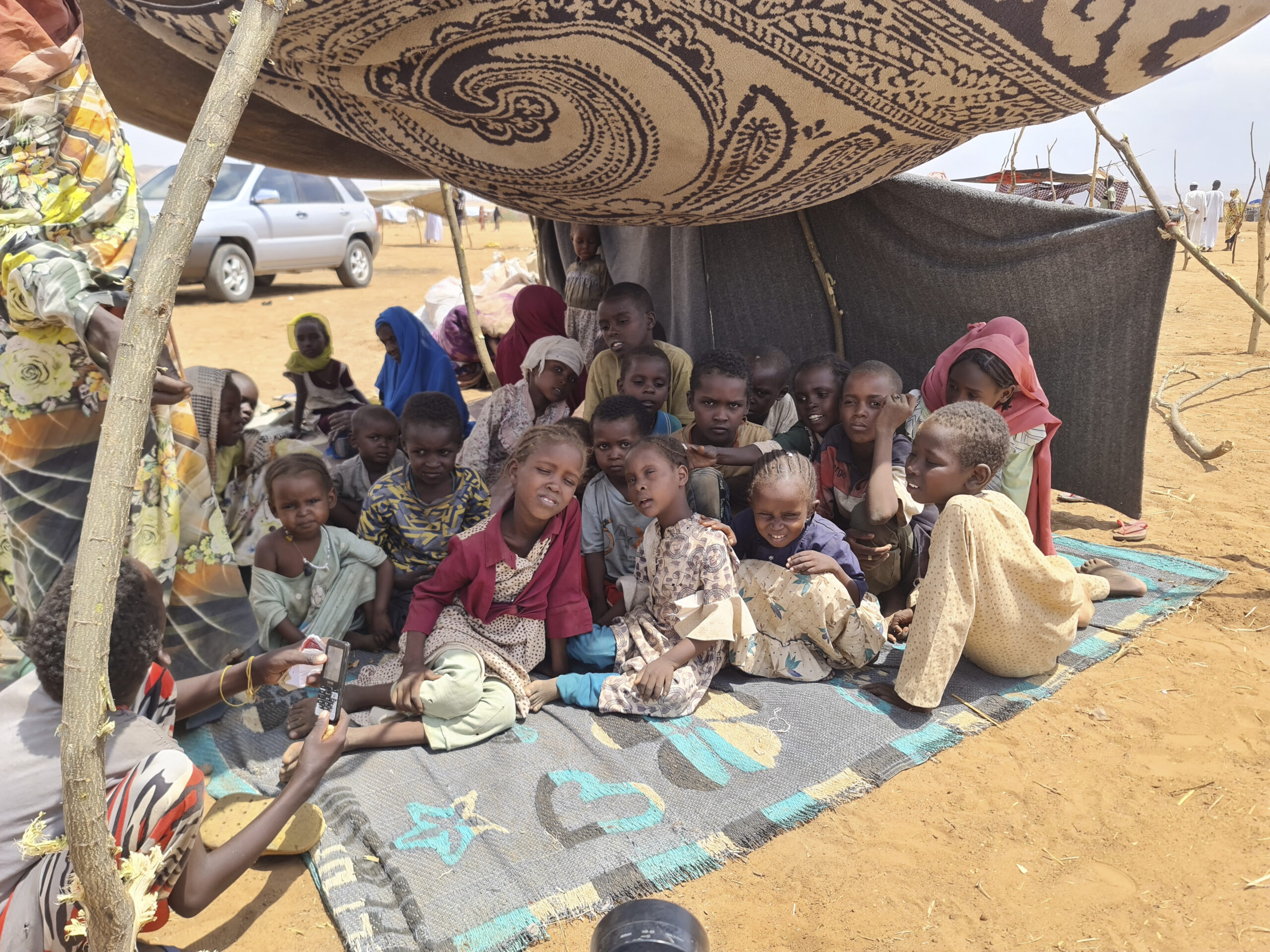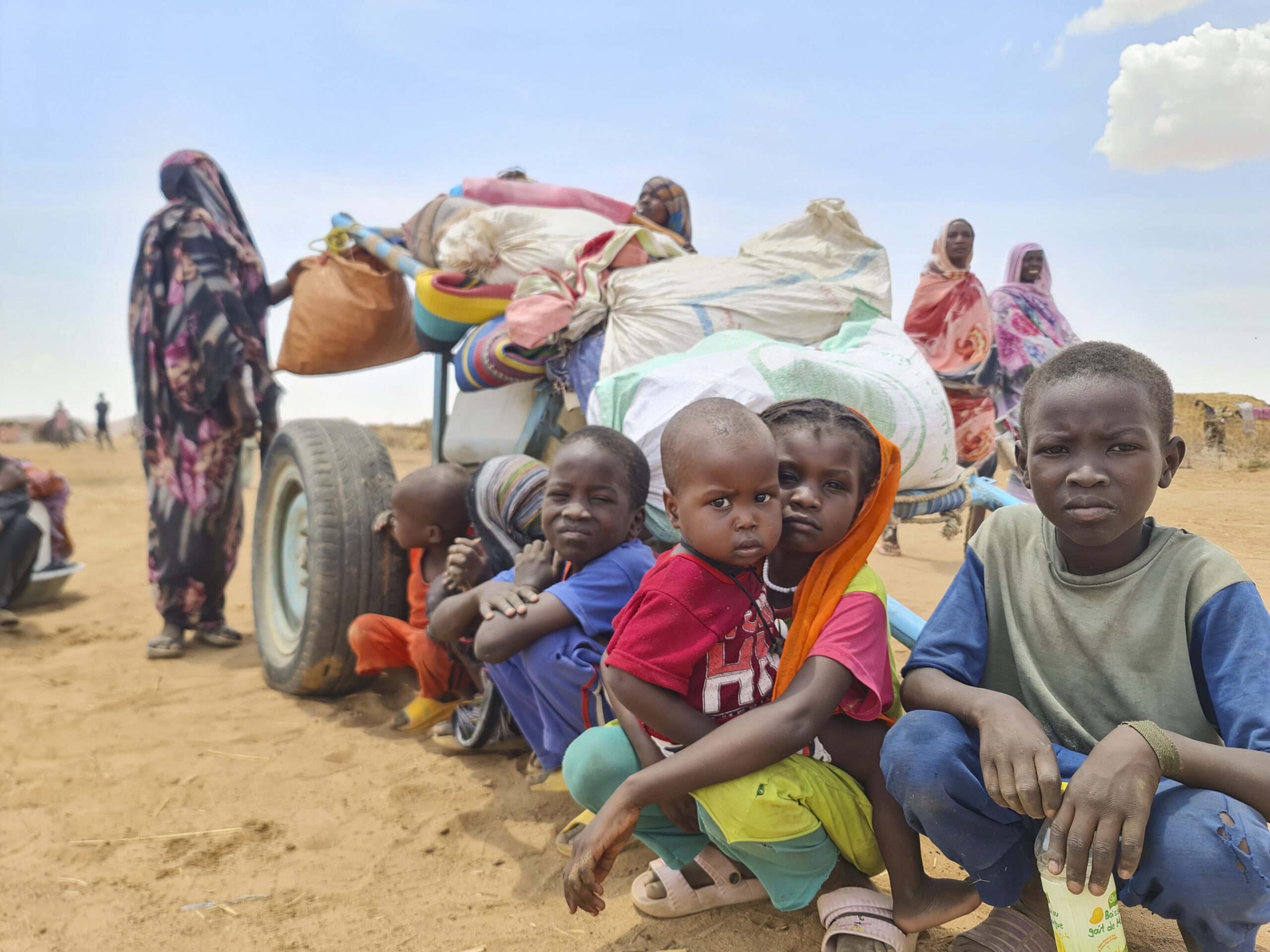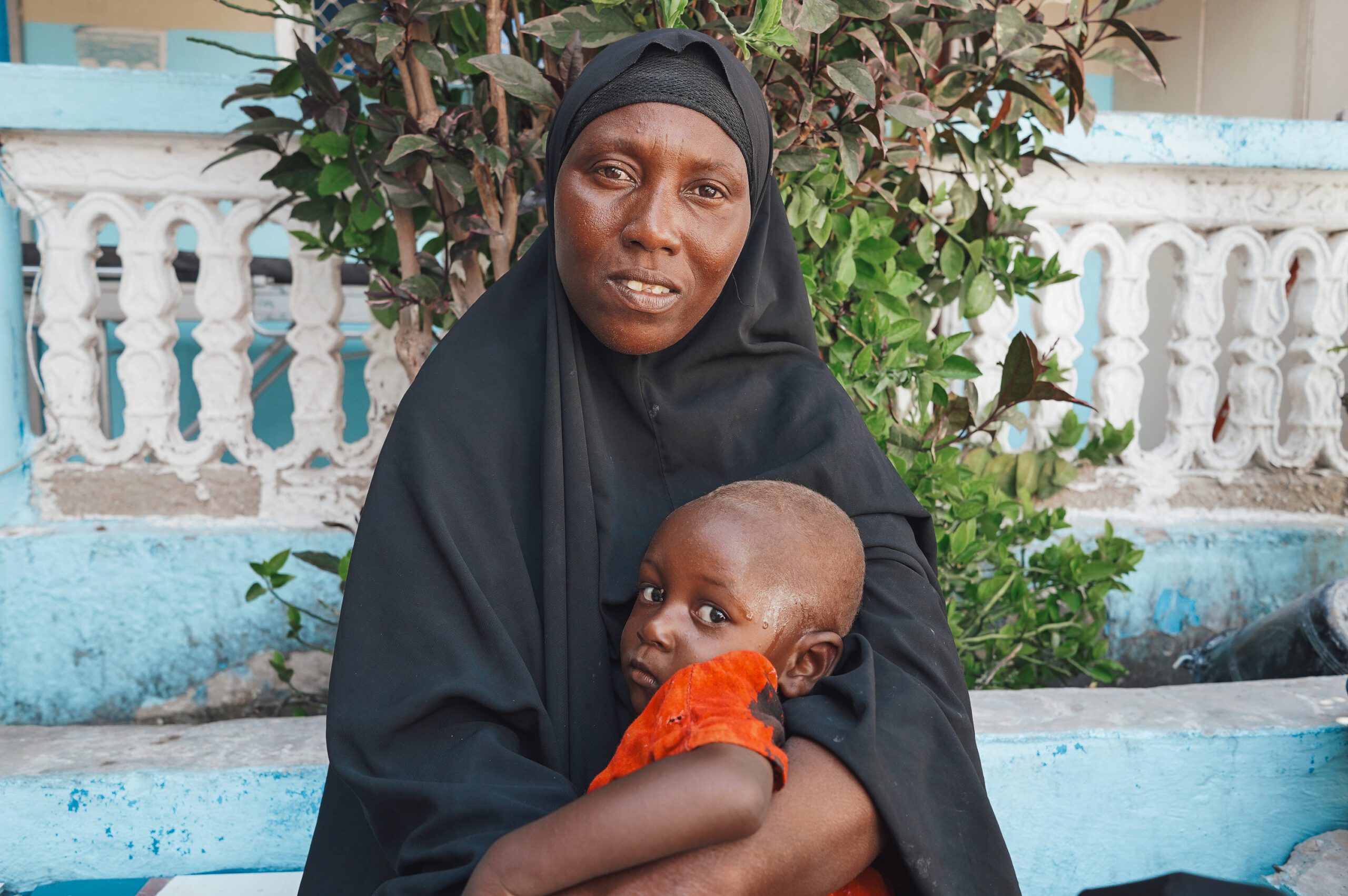Sudan
Famine Confirmed in Two Areas
Famine has been confirmed in El Fasher and Kadugli – conflict-hit towns largely cut off from humanitarian assistance. WFP urgently needs your support to scale up operations and reach people in Sudan with lifesaving food.
Make a difference in Sudan
Measuring Hunger in Sudan
The conflict in Sudan has created a hunger catastrophe. At least 21 million people (nearly half the population) are facing acute hunger, including 375,000 people facing starvation. WFP is doing everything possible to deliver food to affected communities.
9.6M
People internally displaced by the conflict
21.2M
People face extreme hunger
6.3M
People are on the brink of starvation
7.8M
People assisted by WFP in 2024
30
Months of conflict have devastated communities
Sudan Facts
New York
Show Places

New York
×
Geocoding Error Occured.
Tried to Geocode:
Error Type:
Please be sure to follow the tutorial on how to setup the Google APIs required for the Advanced Google Map Widget.
Google Map API Key Tutorial
Population: 48.1 million people.
Background: Sudan gained its independence in 1956. In 2011, the southern region of Sudan seceded and became South Sudan.
Geography & Climate: Sudan is located in northeastern Africa and shares borders with Egypt, Libya, Chad, the Central African Republic, South Sudan, Ethiopia and Eritrea, along with a coast on the Red Sea.
Economy: The 2011 secession of South Sudan sent economic shockwaves across Sudan from which the country is still recovering from. Instability and inflation have hampered Sudan’s economic growth.
Causes of Hunger
Conflict & Displacement
For years, Sudan has struggled with conflict. The most recent conflict, which began in April 2023, has created the worst displacement crisis in the world and one of the world’s largest hunger crises spanning Sudan, South Sudan and Chad. WFP has mobilized an immense emergency response to support families in Sudan and neighboring countries.
Learn More Economic Shocks
When South Sudan seceded in 2011, Sudan’s economy lost a major source of oil revenue. As a result, inflation and high food prices sent millions of people deeper into hunger.
Learn More Climate Extremes
Sudan faces recurring droughts and floods that destroy crops and force migration. The climate crisis has made these natural disasters more frequent and intense, pushing more families into extreme hunger.
Learn More 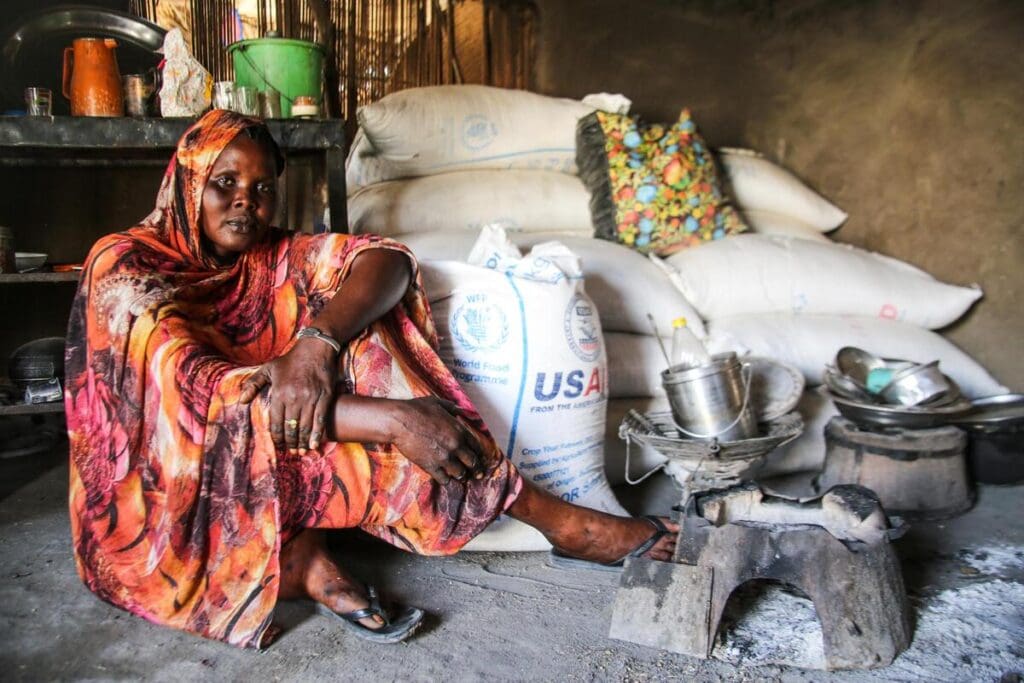
History of Hunger in Sudan
July 2011
April 2023
August 2024
WFP’s Work in Sudan
WFP has been present in Sudan since 1963. We are the logistics backbone of the humanitarian response in the country and continue to provide emergency food assistance to people affected by the violent conflict.

Food Assistance
We provide food assistance to refugees, internally displaced people and other communities suffering from hunger.
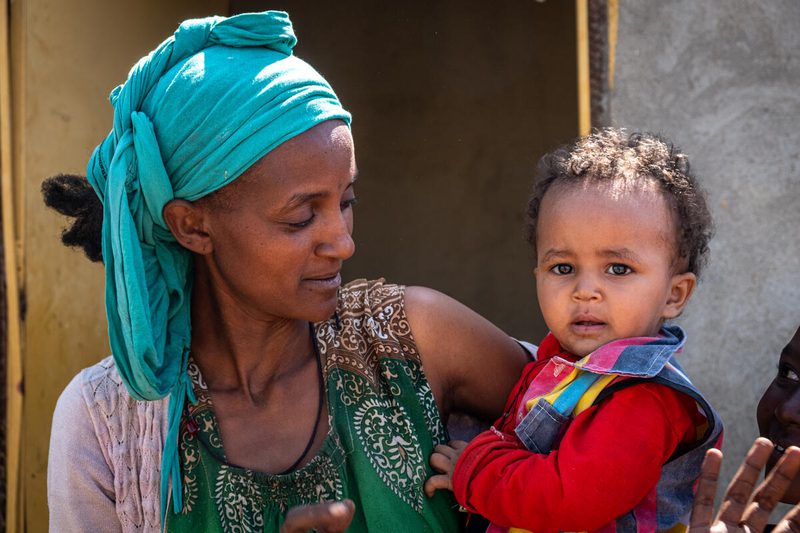
Nutrition
We prevent and treat malnutrition for children under the age of 5 and pregnant or breastfeeding mothers.
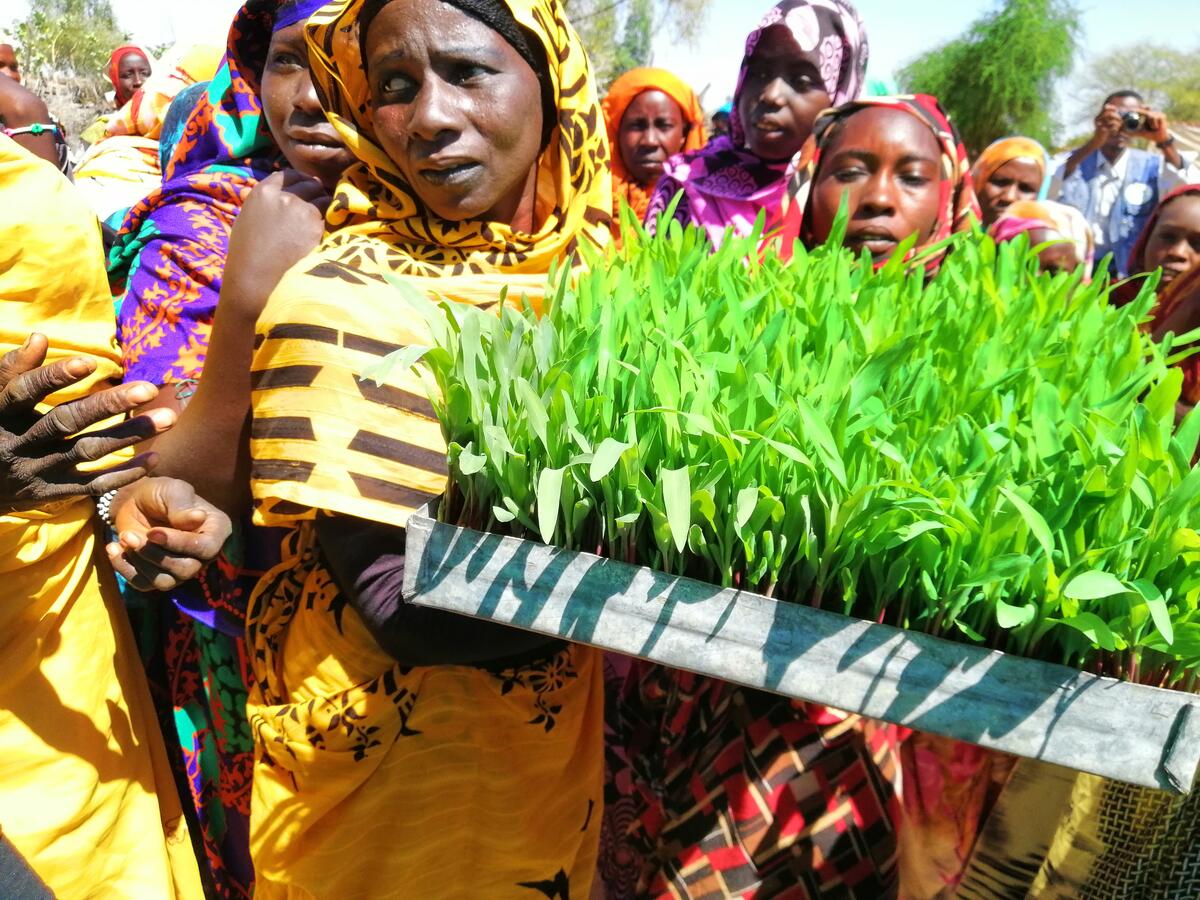
Small-Scale Farming
With tools and agricultural training, we help small-scale farmers to cut their post-harvest losses.
Latest News From Sudan
- News Release
- November 4, 2025
- News Release
- October 23, 2025
- News Release
- October 15, 2025

